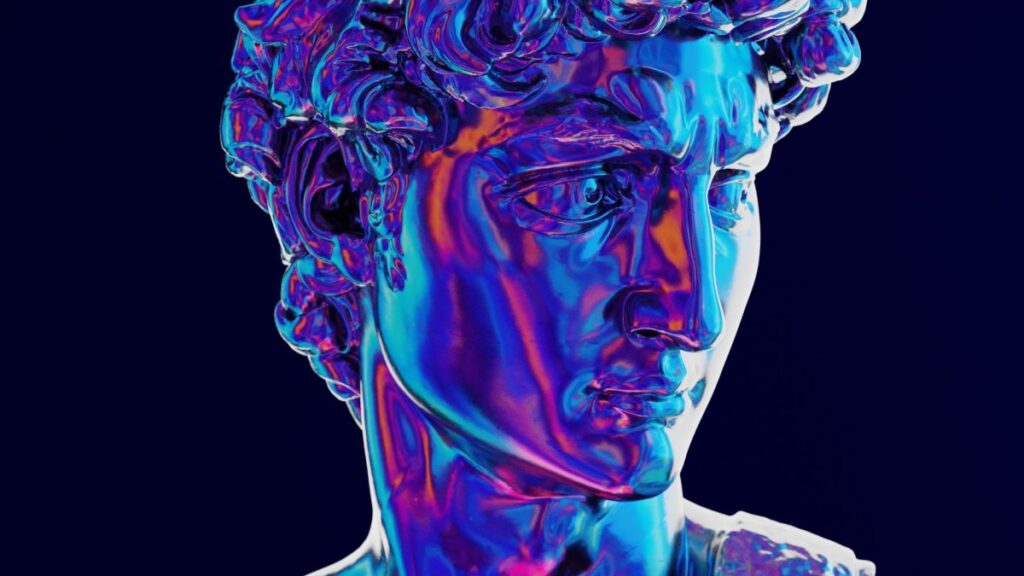The process of game development is a complex and meticulous journey that begins with the pre-production phase where the concept is born, followed by creating the game’s look and feel through concept art. The process then moves onto 3D modeling, texturing, rigging, animation, level design, sound design, and user interface design. Each step requires attention to detail, talent, and investment of resources to create a fantastic end-product. Developers, game designers, and artists work together to ensure the game meets all company specifications and provides players around the world with an immersive and enjoyable experience.
Introduction:
Games are a remarkable piece of engineering technology that evolves constantly. The creative process of game art development is quite complicated, requiring the implementation of several steps while keeping various variables and players in mind. This article is structured to give an insight into the creative process of game development, from sketches to screens.
Pre-production:
Game development begins with a pre-production phase where the concept is born. This phase requires extensive brainstorming, research, and documentation. It’s during this phase where game designers, producers, and artists work united to build a plan outlining the mechanics, style, and story.
Concept art:
The pre-production phase moves on to the next step, which is to develop the game’s look and feel. The game’s creative team starts sketching the art at this stage, generating numerous variations of each character or element using traditional sketching or digital illustration tools. These sketches act as a visual guide for the designers to refer to and improve upon before they start building actual assets.
3D modeling:
Once the sketches are approved, the next stage of development commences with 3D modeling. The 3D team takes the sketches and starts creating a 3D model, built with the strict guidelines provided by the game’s designers. It’s imperative to keep in mind details such as the model’s dimensions, textures, lighting, and animations while creating the 3D model.
Texturing:
Texturing involves the addition of various graphic elements like colors, patterns, and textures to give the 3D models their realistic look. Textures act as valuable feedback as they help the developers and designers create a game world with the right look and feel.
Rigging:
Rigging is the process of creating a rig – a system of controls set up inside a 3D model – to handle the motion and animation of the models’ various parts. Rigging ensures the character animation looks realistic while in motion.
Animation:
Animation involves bringing to life the 3D models with movement and personality. The animators have to create each character’s animations one by one, paying attention to detail, and making them look seamless and life-like.
Level design:
Level design is the process of making levels- the different locations, puzzles, or battles that make up the game world. Level design is significant as it determines the game’s pacing and challenge level while guiding the players to experience the game world.
Sound design:
Audio adds a lot to the game, and sound design is the process of creating soundtracks, sound effects, and voice acting that enhance the game’s atmosphere.
User Interface (UI) design:
The user interface is the component of the game that a player will interact with directly, so it’s crucial to make it user-friendly and intuitive. The UI design includes the menus, buttons, HUD, and other components of the game that players use to interact with the game world.
Conclusion:
Game art development is a lengthy process that requires a substantial investment of time, talent, and resources but leads to a fantastic end-product. From concept art to the finished product, every part of the process is meticulous and requires the proper implementation of various techniques and tools to complete. Through all of these steps, developers, game designers, and artists, work united, ensuring that the game meets all of the company’s specifications, and is the best it can be for players around the world.
